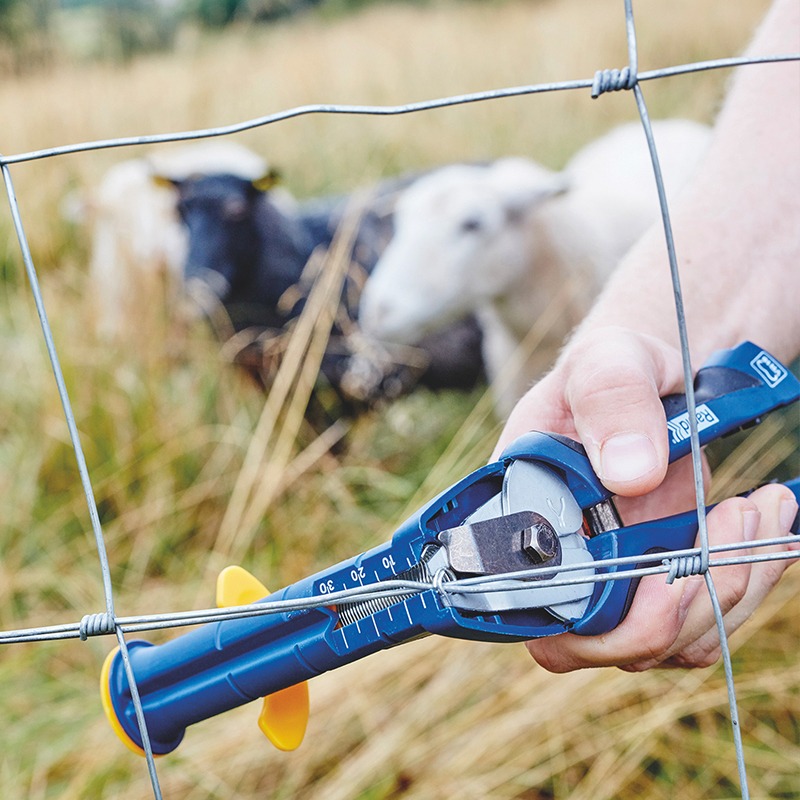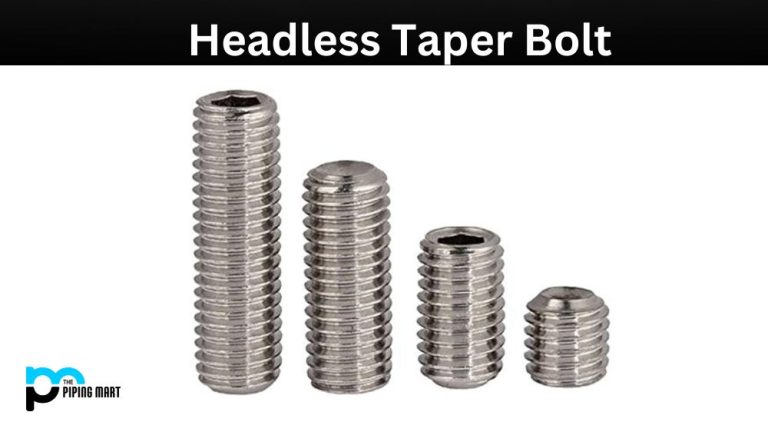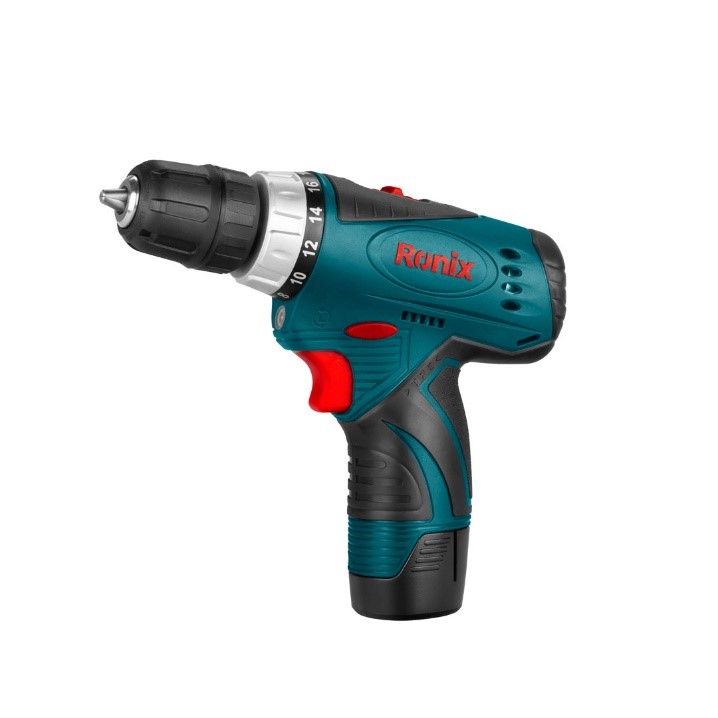Fencing Pliers, What Are They, and How To Use Them.

What are fencing pliers?
Fencing pliers are specialized multi-function tool for wire fencing. You can them to install, repair, or demolish fences.
Fencing pliers have many features including a hammerhead on one side of the head and a claw or spike on the other. You can use them to strike nails, pry out sunken U nails from poles, start nail staples, pull out carpet and nail staples, cut wires and nails, separate twisted wires, or splice fencing wires together.
Fence pliers have a remarkable parrot head shape although some people say they look like a bunny. It all depends on your perception. But one this is for sure is that these pliers are very useful and versatile. The head has multiple tools for doing different tasks and the handles are long to provide good leverage.
Though not many people know about fencing pliers, this tool is such a gem to have. It can help you get through many wire fencing problems.
It is an everyday carry tool for ranchers, stockmen, and cowboys. You will spot it on their hips as they walk the fence to inspect and repair broken electric or barbed-wire fences for animals.
Although fence pliers are a vintage tool, some manufacturers are trying to bring them back to life because they are very useful for fencing. Check out this article to find out some of the best fencing pliers on the market.
Ideally, a good pair of fence pliers can do at least 8 different functions. But before we look at them, let us first identify the various parts of fencing pliers.
Parts of fencing pliers tool
parts of fence pliers labeled
Labeled parts of fencing pliers
Part Function summary
Claw or spike Removing staples
Staple puller Pulling nail staples
Main gripping jaws Holding U nails
Wire cutters Cutting wires
Hammer head Hitting nails
Wire pulling jaws or crimping jaws Pulling fencing wire
Handles For operating the tool
Summary of the parts of fence pliers and their functions
How To Use Fencing Pliers
Fence pliers are a type of multi tool pliers. You can use them to do many tasks in your fencing projects including:
- Holding staples or U nails to start them
Starting a staple on a wood pole
starting a fence staple
Starting nail staples is very unforgiving to the fingers. You are more than likely to crash into them a couple of times before the nail starts to go in. The good this is that the fence pliers are designed to let you install staples without ever hitting your fingers.
The two round grips on the head hold the staples for you so that you can hit hard with a hammer without crashing into your fingers. I used an extra pair of regular pliers in the past to grip the staples bit this tool changed the game completely when it came. It holds fencing staples so naturally and makes light work of installing them on wood poles.
- Digging out sunken staples
Fence pliers have a pointed claw or spike that looks like a parrot’s beak for digging behind old staples and pulling them out. The curved head provides good leverage for prying out the nails. You can even dig into those tight sunken staples to create a gripping point for the staple puller. - Pulling fence staples
fencing pliers pulling staple from wood
pulling out U nail staples from wood
Although you can use the spike to pull out staples, the staple puller jaws are the best for that job. They hook onto a staple and pull it out when you roll the tool over the curved head. Both the spike and staple puller work effectively together for pulling buried staples. You use the spike to dig out the overdriven fence nail and the staple puller to pull it out. - Separating twisted wire
You can use fencing pliers to separate double-stranded wire. Just grip the wire with the jagged edge of the circular top grip and twist the pliers around. This will untwist the wire strands.
Twisting strands of wire can be very important when you want to use just a single strand of wire. For example, the double-strand smooth wire is usually heavy duty and you can use just a single strand to strain a mesh fence.
- Splicing fencing wire together
Splicing wire is simply joining two pieces of wires together. You can use the fence pliers to splice fence wires or bend some heavy duty wires.
To do this, simply pass enough length of wire through the serrated circular grip on the head of the pliers. Bend it over to make a loop. Then use a pair of regular pliers to twist the tail around the wire. This makes a very strong eye loop onto which you can loop another wire to make a strong joint.
- Tension wire
The teeth behind the pivot are good for gripping and tensioning wire. You can use them to grip fence wire as you twist the pliers around to stretch the wire.
Alternatively, you use the jaws to grip the fencing wire while you leverage the pliers against a strong pole to apply tension to the wire. However, this method requires a second pair of hands to hammer fence staples over the wire to retain the tension.
You can use fence pliers to tension both barbed and smooth wire.
- Cut fencing wire
Fence pliers have very strong and sharp cutting edges. They cut thick fencing wires like butter. You can use them to cut different gauges of wire with one hand or both. It depends on how thick the wire is. The pliers are strong enough to even cut the two strands of barbed wire in one go. - Hammering nails
Fencing pliers have a hammerhead for hitting nails. It is good for knocking just a couple of nails but not for serious hammering. So, the pliers are not a replacement for your claw hammer.
There you go, those are the 8 main fence pliers uses. When you couple the tool with a good hammer, you won’t need additional tools for fixing fences!



